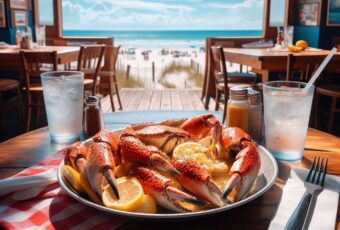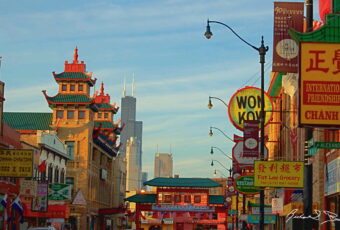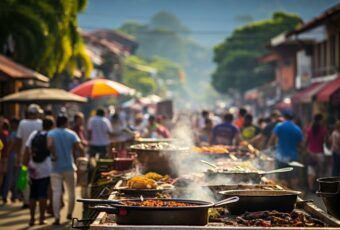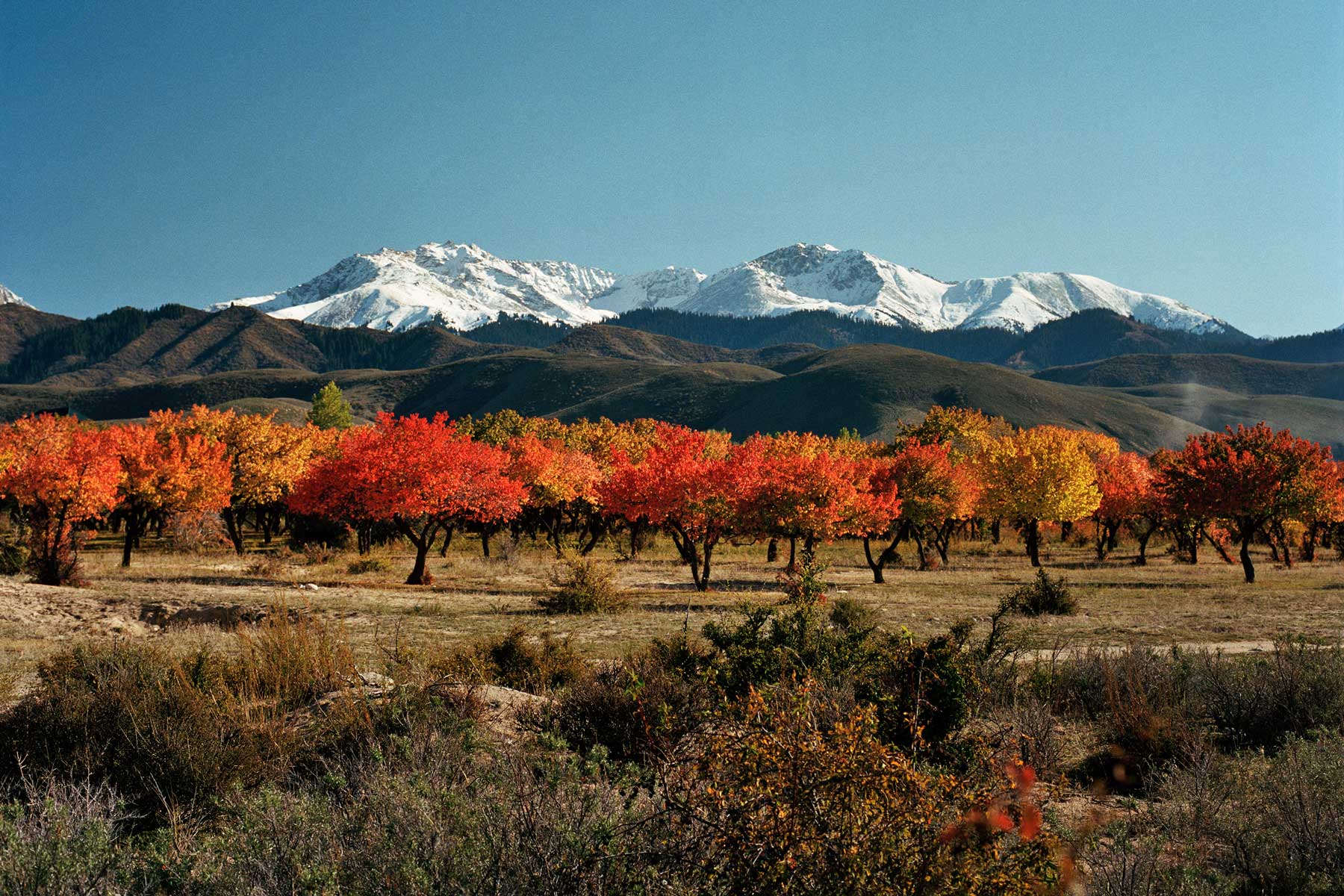
Kyrgyzstan’s Tian Shan Mountains
The Tian Shan mountains, found in Kyrgyzstan, and often referred to as the “Heavenly Mountains.” There are still nomadic herders that can be found here, gathering stock from alpine pastures.
To many residents of the U.S., Kyrgyzstan remains a mystery and is often lumped in with Russia in our minds. However, people of Kyrgyzstan are closer related genetically to Mongolians and Chinese. You may be surprised to find a mosque built in 1904 in the eastern hub of the country, Karakol.
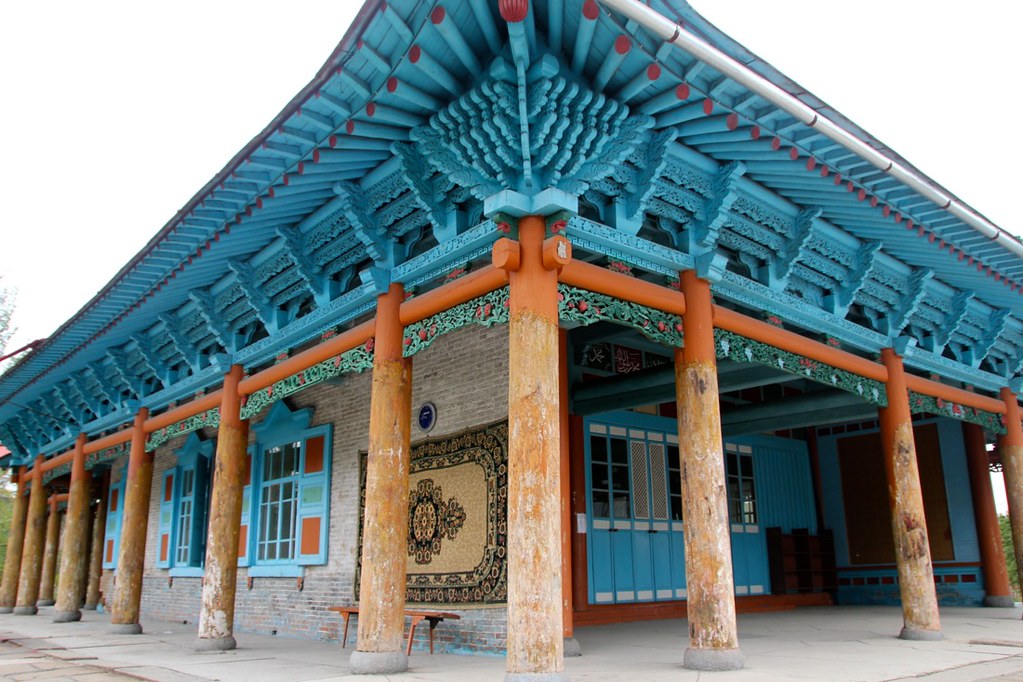
Tungan Mosque In Karakol
It was built by the Tungans, who were Muslim refugees from China. The structure is beautiful, looking like a painted pagoda. In converse, just a mile away you’ll find a wooden cathedral with a gilt Orthodox cross atop it. Still not too far away again, you’ll find Stalinist apartment blocks, reminiscent of the power Russia once held here.
Though we referred to the region that connected the trade network as the Silk Road, it would be more accurate to use the plural, the Silk Roads, as it was a complex web of roads that interconnected Xi’an in west China to Baghdad, Damascus, Jerusalem, Athens, Alexandria, and Constantinople. It even reached out as far as Venice.
When you’re in Kyrgyzstan, you should start in Bishkek, the orderly capital. There you must head to the Osh Bazaar and of course the Central Mosque. Enjoy a traditional Turkish, which includes cheese, butter, olives, eggs, tomatoes, cucumbers, jam, honey, kaymak, sucuk (spicy Turkich sausage), borek, simit, and much more. Outside of the main city, you’ll have to hire a car and a driver.
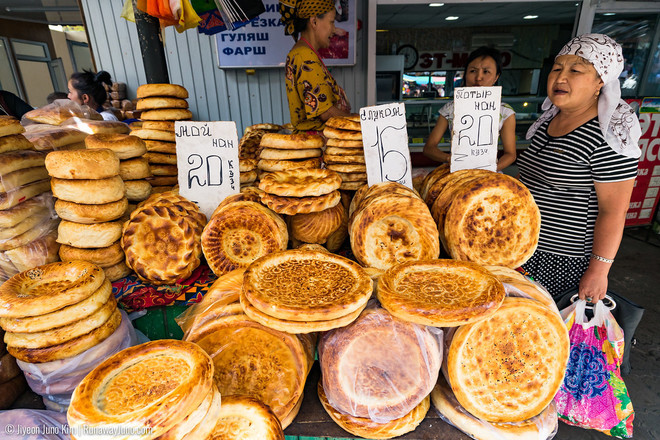
Osh Bazaar In Bishkek, Kyrgyzstan
Visit the ruins of the ancient city of Balasaghun, which are close to the nomadic communities found in Issyk Kul. There is wonderful sightseeing around here like the beautiful Altyn Arashan Gorge where you may catch a glimpse of snow leopards.
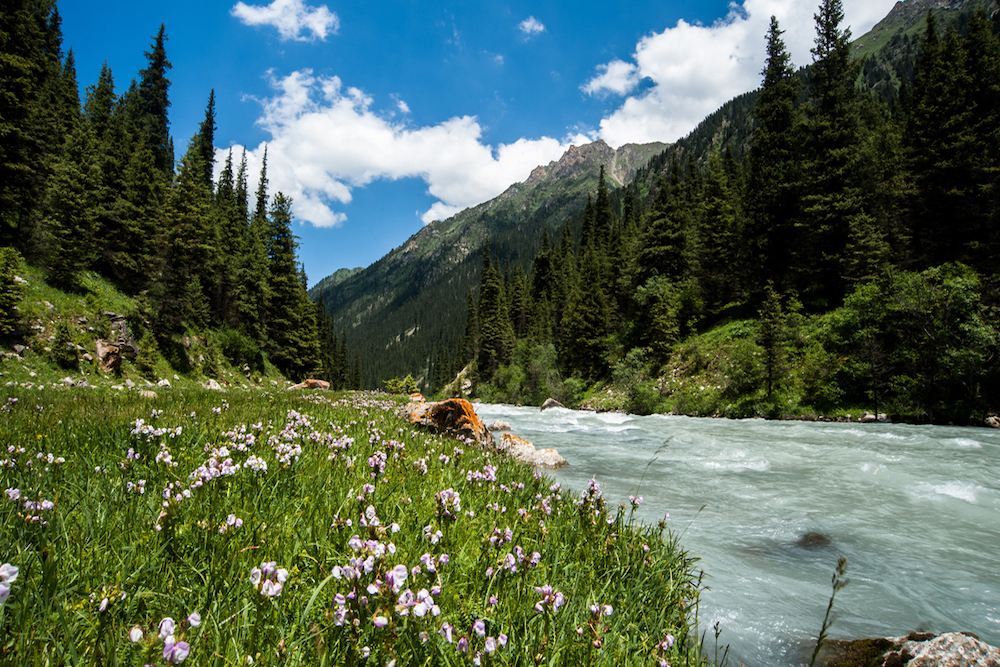
Altyn Arashan Gorge
Once you make your way to Usbekistan, there are many beautiful mosques, minarets, and madrassas that you cannot miss. Don’t miss out on visiting outdoor markets as well as museums. When in Tashkent, the Chorsu Bazaar is known for its massive selection of halva, a sweet confection made of sesame paste, as well as kurt, which are air dried cheese balls, and you must try the delicious melons here as well.
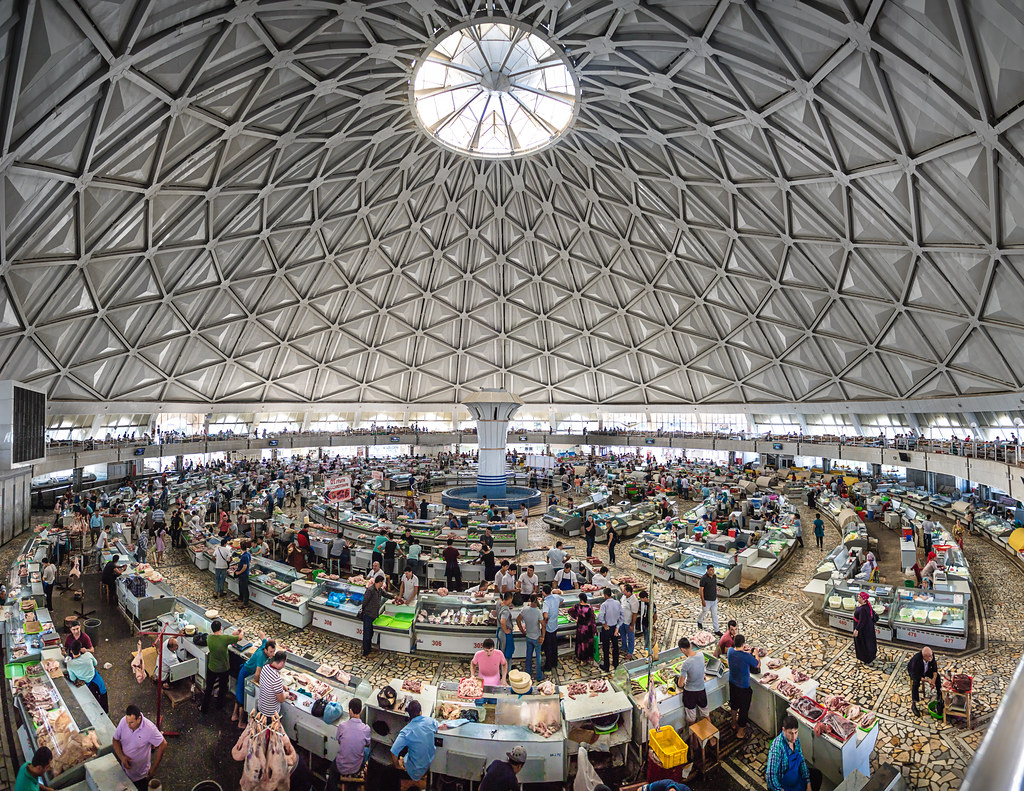
Chorsu Bazaar
In a former ambassador’s mansion, you’ll find the State Museum of Applied Arts, which is also not to miss. Bukhara is also a great place to visit, full of medieval streets, a network of canals, and the breathtaking Po-i-Kalyan mosque complex. The main sights in Samarkand include the Registan Square and Gur-e Amir, which are impressive monuments.
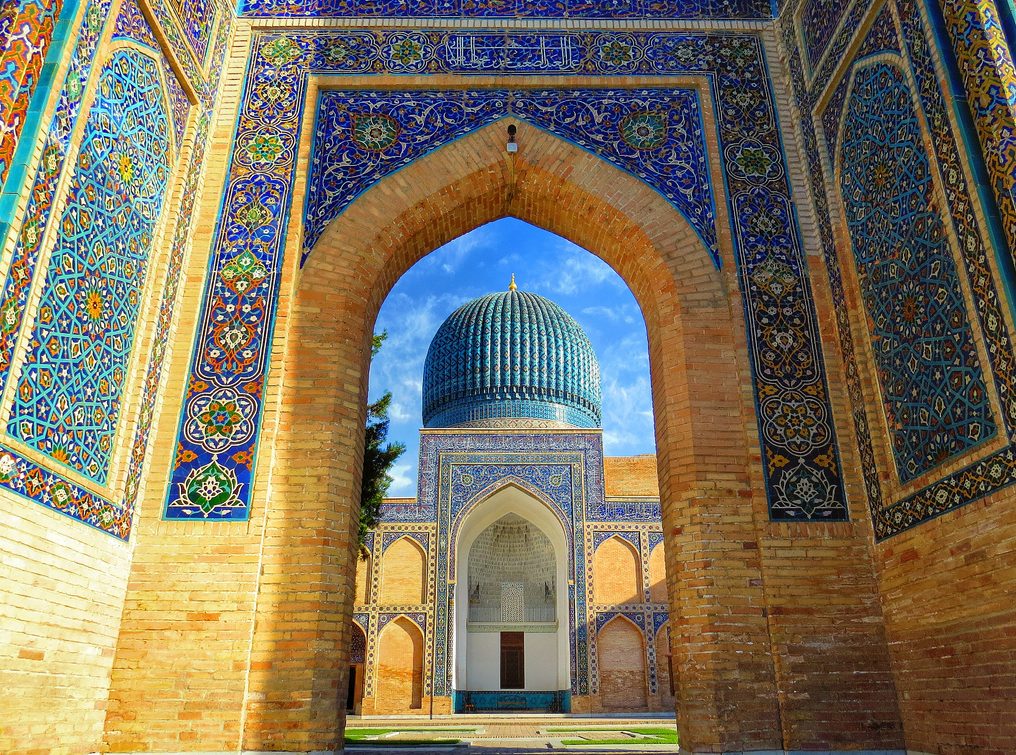
Gur E Amir



